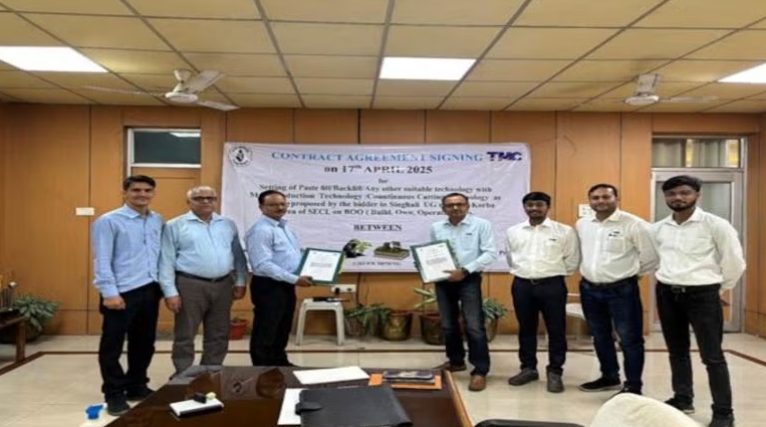
This project is expected to yield approximately 8.4 million tonnes (mt) of coal from the Singhali underground coal mine.
The initiative is expected to produce approximately 8.4 million tonnes of coal from the Singhali mine. SECL chairman and managing director Harish Duhan stated: “I firmly believe that paste fill technology will not only secure the future of underground mining but also offer an innovative, eco-friendly solution. This project is a landmark step toward green mining and will shape the future of the coal industry in the years to come.”
Paste fill technology involves filling underground voids with a mixture of fly ash, crushed overburden, cement, water, and binding agents after coal extraction. This method supports mine stability, prevents surface subsidence, and eliminates the need for acquiring land above the mine. By utilizing industrial waste, the process enhances environmental sustainability and supports waste recycling efforts.
Operational since 1993, the Singhali mine holds 8.45 million tonnes of G-7 grade non-coking coal reserves. Initially developed using the Bord and Pillar method, the mine is located beneath a densely populated area with villages, high-tension electricity lines, and a Public Works Department road. Traditional mining methods posed safety and environmental risks, making paste fill technology a practical solution to continue operations without affecting surface infrastructure.
The adoption of this technology at Singhali is expected to serve as a model for other underground mines facing similar land constraints, enabling safe and efficient coal extraction. In March 2024, SECL also received environmental clearance for its Gevra mine, located in the same Korba region, further demonstrating its commitment to responsible mining practices.